MUSUBI: Kakigori, the Sweet Taste of Summer
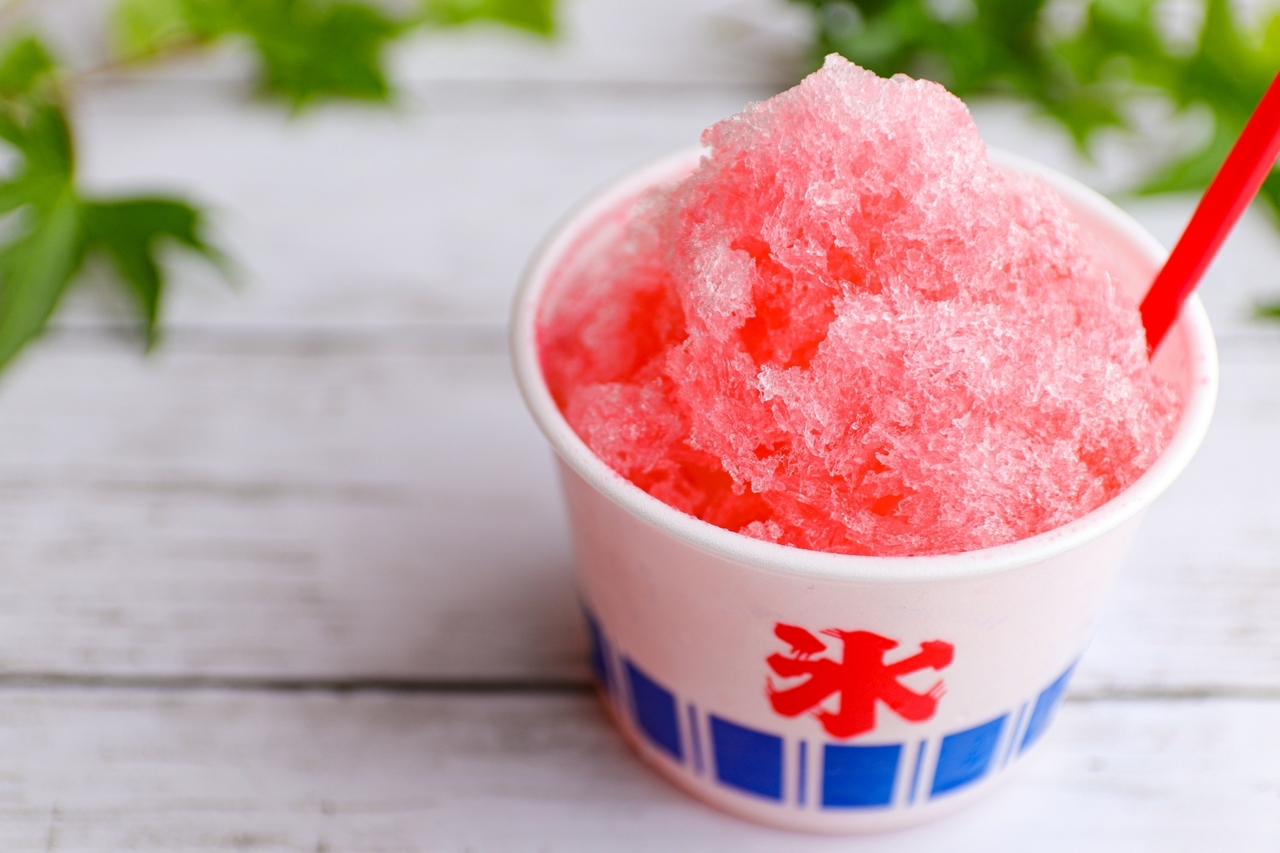
Shaved ice is a dessert enjoyed the world over. While the earliest known example of it can be traced back to ancient Rome, it is the version that originated in Japan which spread across the world and became a treat enjoyed by all during the warmer parts of the year.
Kakigōri (かき氷) is the traditional Japanese way of making a shaved ice dessert. It is commonly flavored with various fruit syrups such as strawberry, melon, lemon,cherry, blue raspberry, yuzu, sweet plum, and grape. Kakigōri tends to have a crunchier texture than other kinds of shaved ice, instead boasting a soft, light and fluffy feeling that melts in the mouth like freshly fallen snow.
The origins of kakigōri date back the Heian period in Japanese history, where it was considered a delicacy and not accessible to the common folk. During the summer, blocks of ice saved during the colder months would be shaved and served with sweet syrup to the aristocracy. Kakigōōri’s origins are even referred to in Sei Shōōnagon’s The Pillow Book, a series of observations written by the Imperial courtesan and poet.
Kakigōri (かき氷) is the traditional Japanese way of making a shaved ice dessert. It is commonly flavored with various fruit syrups such as strawberry, melon, lemon,cherry, blue raspberry, yuzu, sweet plum, and grape. Kakigōri tends to have a crunchier texture than other kinds of shaved ice, instead boasting a soft, light and fluffy feeling that melts in the mouth like freshly fallen snow.
The origins of kakigōri date back the Heian period in Japanese history, where it was considered a delicacy and not accessible to the common folk. During the summer, blocks of ice saved during the colder months would be shaved and served with sweet syrup to the aristocracy. Kakigōōri’s origins are even referred to in Sei Shōōnagon’s The Pillow Book, a series of observations written by the Imperial courtesan and poet.
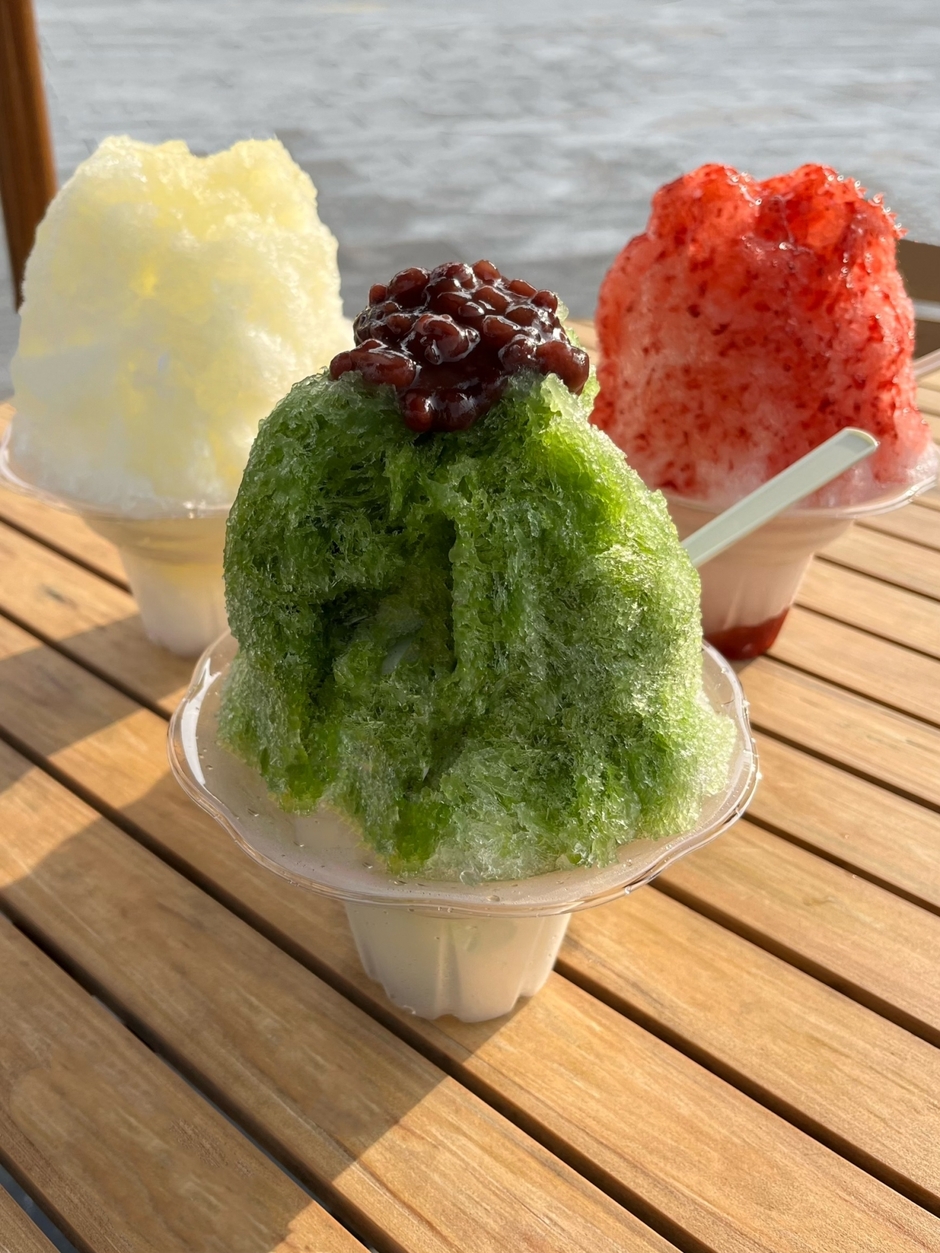
Further advancements such as the invention of an ice-shaving machine in the 1930’s helped kakigōri transition from a privilege of the ruling class to something that could be enjoyed by all. July 25th is even known as Kakigōri Day in Japan because of its pronunciation sounding similar to ‘summer ice’ in Japanese. Another reason for the date is that July 25th, 1933 saw record high temperatures in Japan, and kakigōri was the perfect way to beat the heat.
Preparation for kakigōri could not be more simple. First, prepare the flavored syrups and other toppings you want- fresh fruit, cream, sweetened red beans or tapioca are all popular. Second, use an ice-shaving machine to grind down the ice into an edible form. Finally, serve your shaved ice with your choice of fruit syrup and other toppings. And after that, eat it immediately and cool down!
One final point of interest: if you want to try somethingnew with your kakigōri, why not partake in Shirokuma (白 熊 or しろくま) a dessert made using kakigōri shaved ice but flavored with condensed milk, small colorful mochi, fruits, and sweet bean paste (usually Azuki bean). Mandarin oranges, cherries, pineapples, and raisins are also often used. A popular treat in Kagoshima for centuries, it’s a personal recommendation from us here at MUSUBI!
Photo Credits:
1) 月舟 / PhotoAC
2) happy16 / PhotoAC
All other content (text) created by the original author and © 2021, 2025 MUSUBI by Borderlink
WRITER

Lupa Van Luis
From the USA
A connoisseur of Japanese cuisine that has traveled the country for many years!
RECOMMENDED
-
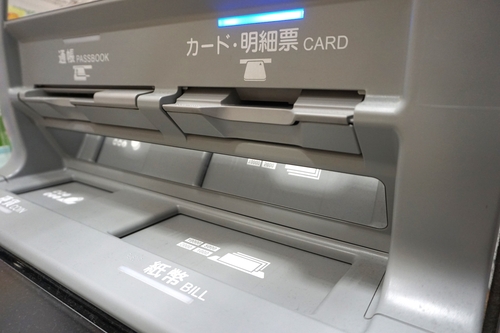
Japanese ATMs - Show Me The Money!
Banking in Japan can be rough. Want to set up a bank account when you don’t speak, let alone read, Japanes... -
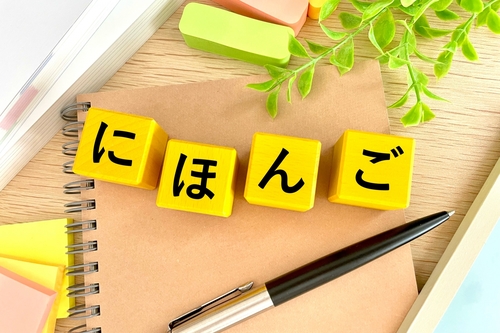
Tips on Studying Japanese in Japan
Before you came to Japan, you doubtless tried your hand at learning Japanese. Eventually, you landed in Japan ... -
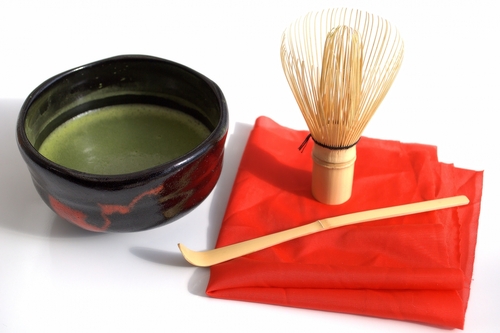
Discovering Japan’s Rich Tea Culture
When I lived in Zimbabwe, tea was more of an occasional drink for me. I would have a cup when I was feeling under th...


